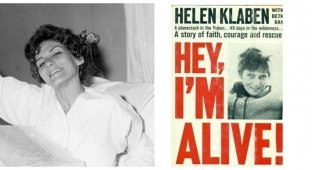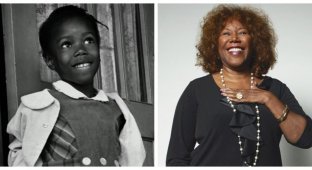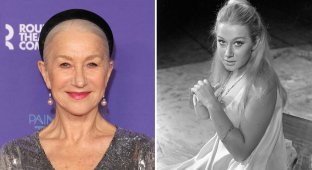Darkness, silence and happiness by Helen Keller (9 photos)
Each new problem does not add positive emotions to us. But if it seems that another straw will break the camel’s back, then you just need to remember the story of this woman. 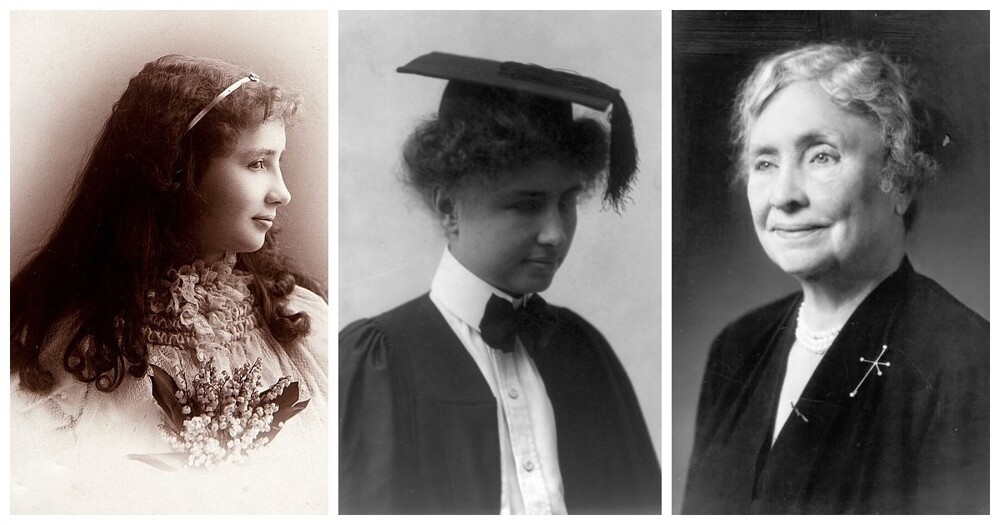
Having lost her sight and hearing, this girl was able to graduate from university, learn several foreign languages, and write many books. And give hope to others. 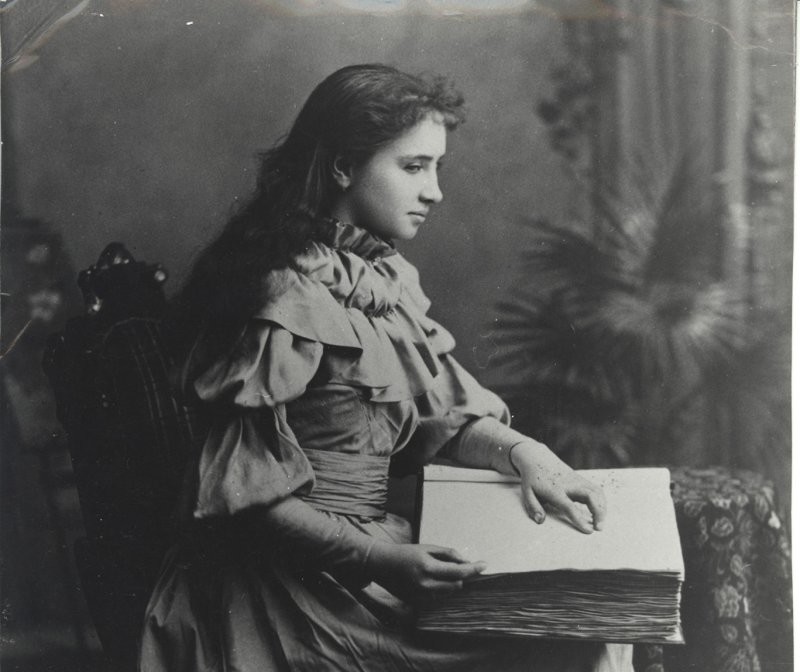
In youth
Until the age of one and a half, Helen Keller (1880-1968) grew up as an ordinary happy child. But the disease ruined everything: after meningitis and scarlet fever, the girl lost the ability to see, hear and speak.
Doctors' forecasts were disappointing. And they only recommended a specialized school for the blind in the future. As the complex child grew up and began to show aggression due to the fact that no one understood her, her parents began to doubt that they could socialize Helen into society themselves. So a mentor appeared in the house - 20-year-old Anne Sullivan, who also survived the illness in childhood and partially lost her sight. 
The collected and serious girl immediately stopped the softness of her parents and did not make allowances for her ward’s disability. She tapped words on the girl's palm. Each letter of the English alphabet had a corresponding equivalent in this language. The student quickly grasped the point. But Helen could not grasp the connection between the word and the object, because she did not see. Then Ann, tapping out the word “water,” poured water on the girl’s palm. 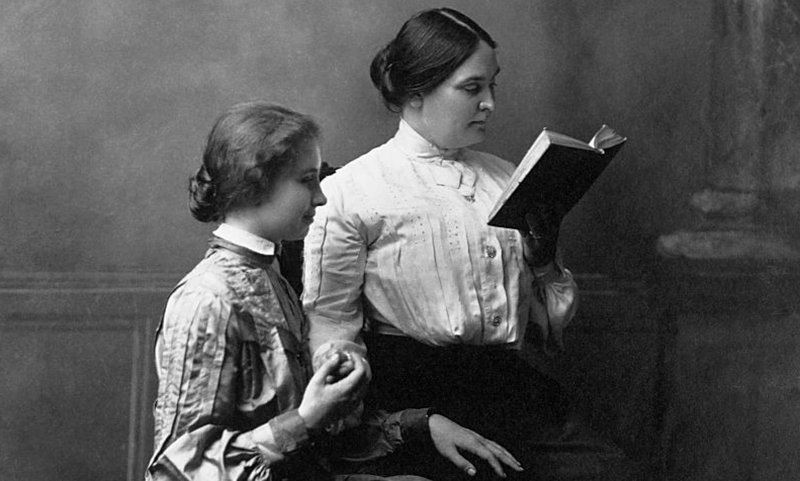
Helen and Anne
From that moment on, the successes of the blind, deaf and dumb child only began to strengthen. The girl ran around the rooms, touched various objects and, turning to the governess, “asked” to tap out the name of the thing.
Helen later learned to speak using the experience of another deaf-blind woman, pronouncing basic sentences and explaining basic needs in words. 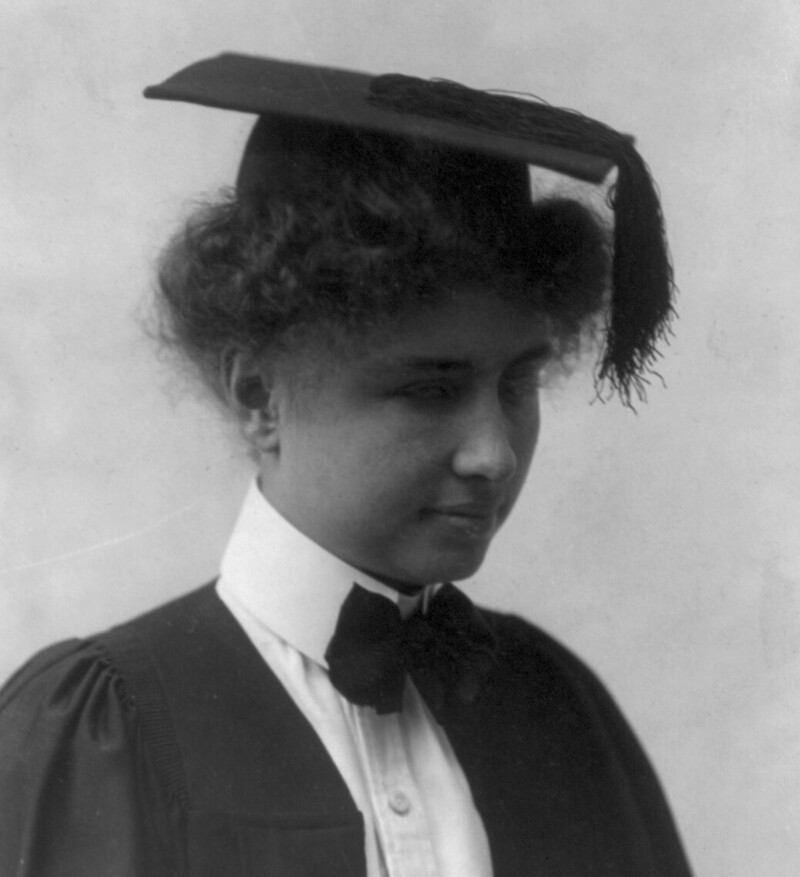
In graduate uniform
With the help of her mentor, the girl entered the Cambridge School for Young Ladies, learned several languages, and began writing books. Then she became a student at Radcliffe College and the first person with such disabilities to receive a higher education.
The girl even married Harvard professor John Macy and joined the Socialist Party. But from that moment on, the heroine turned into an object of persecution. After all, people no longer saw Helen as a poor girl who achieved the impossible. This was a full-fledged mature personality. 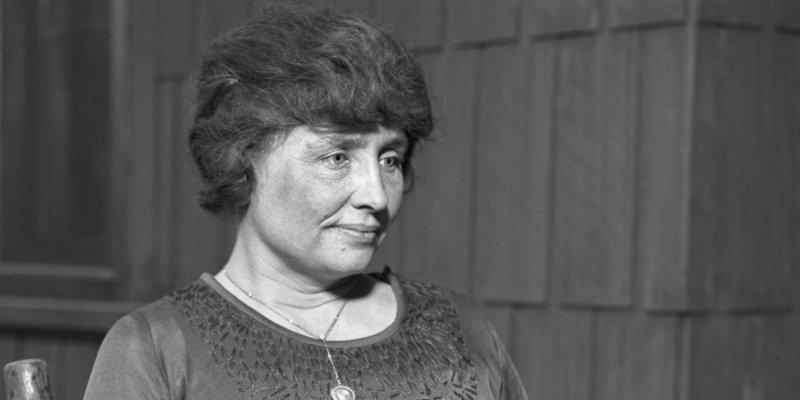
As a result, Keller left John and went to a remote village where her mentor lived with her husband. In 1936, Anne died, which greatly devastated Helen. This was the only person who understood her so well. The man who gave her the opportunity to live a rich, full life. 
After Sullivan passed away, she began to travel around the country and give lectures. The secretary helped to deal with the outside world. But, of course, it was not Anne...
Helen passed away shortly before her 88th birthday. The body was cremated and buried in the same niche of the columbarium with her amazing mentor. 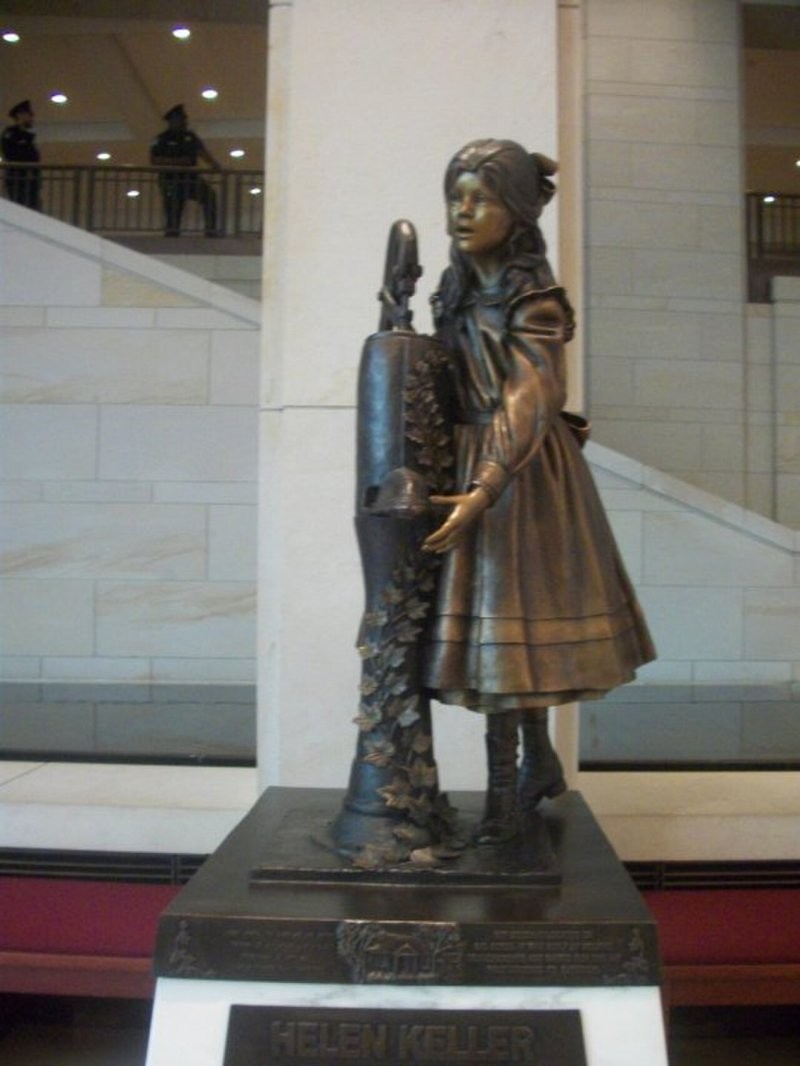
Keller Monument at the US Capitol
Many studies, books and films have been devoted to the Helen phenomenon. Based on Keller’s biography, the play “The Miracle Worker” was staged in 1959. Which received high praise from critics and was filmed. 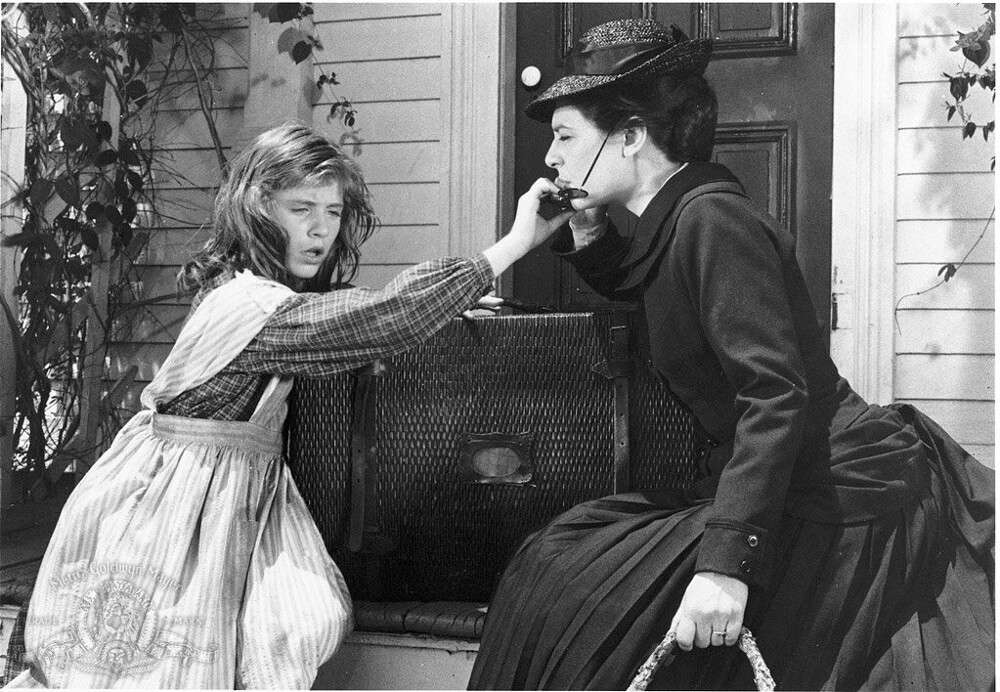
Still from the film "The Miracle Worker" 1962
However, this epithet applies even more to Anne Sullivan. After all, it was thanks to her diligence and achievements that such a breakthrough was made in special pedagogy, on the basis of which teaching methods for deaf-blind children were subsequently formed.
And Helen became a symbol of hope for people with a variety of disabilities, showing that, if not everything, then a lot is possible.












